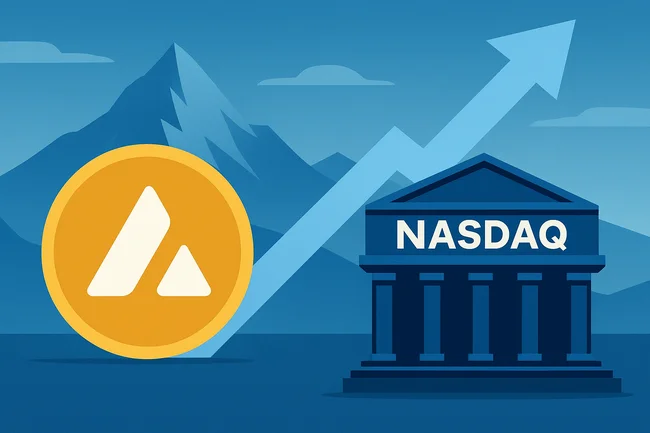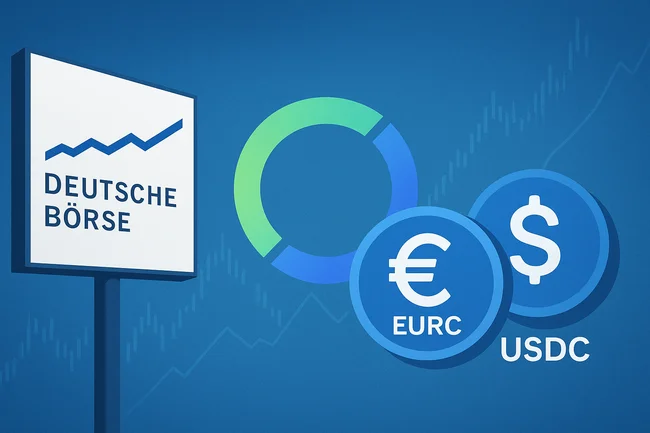Layer Protocol refers to a framework of protocols built on top of a base blockchain. These layers are designed to enhance the functionality, scalability, and efficiency of the underlying blockchain network.The first layer, often called Layer 1, includes the main blockchain where transactions and smart contracts occur. Examples include Bitcoin and Ethereum. Layer 2 protocols are built on top of these blockchains to improve transaction speed and reduce costs. They achieve this by allowing off-chain processing, which alleviates congestion on the main chain.Common Layer 2 solutions include state channels, sidechains, and rollups. Each of these methods has unique advantages, such as faster transaction times or increased privacy.By using Layer protocols, developers can create applications that are more responsive and user-friendly without compromising security. This layered approach enables the blockchain ecosystem to grow and adapt, accommodating a larger number of users and diverse applications.

Avalanche Treasury Co. to Go Public in $675M Deal With Mountain Lake Acquisition
Avalanche Treasury Co. (AVAT), a digital asset treasury company aligned with the Avalanche Foundation, said Wednesday it has agreed to



